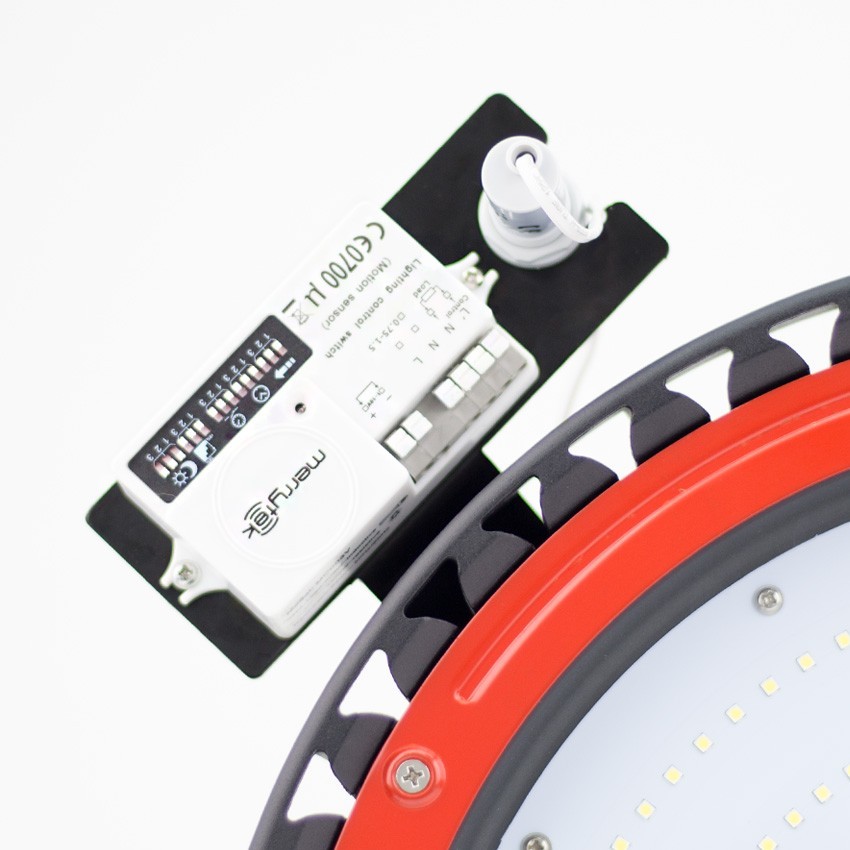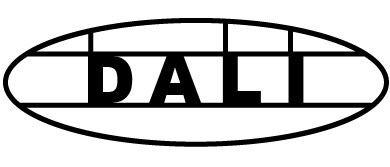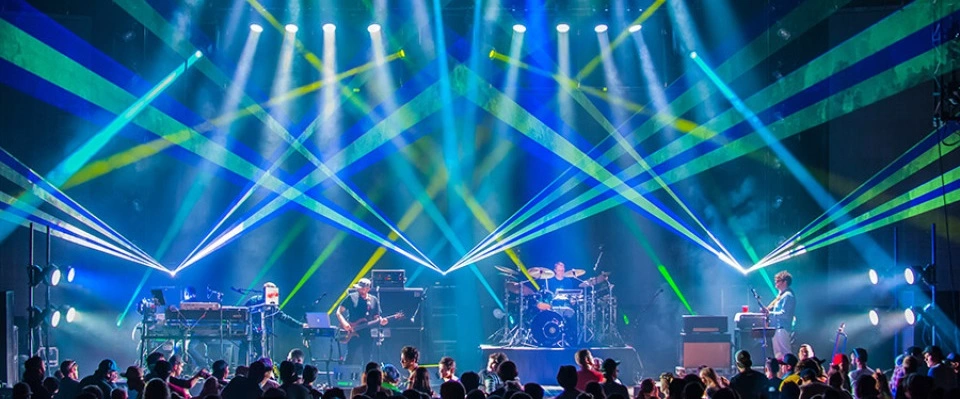Lighting control systems are nothing more than the set of elements that regulate the behavior of one or more luminaires, depending on certain parameters. With the development of home automation and IoT ( Internet of Things), this type of system is the basis of modern lighting and, undoubtedly, of the future.
Actively regulating and controlling a lighting system, something that goes beyond the traditional on/off switch, allows us to adapt the light in a space to any situation. This translates into improved comfort or optimization of energy consumption, among other things.
In lighting control systems we find several devices related to lighting control, which are interconnected and allow us to act on different luminaires from a single interface.
Control elements
These devices make it possible to adjust the light emitted according to different parameters such as time, with the possibility of defining specific periods of the day, week, etc.; the presence or absence of people or animals in the space; the amount of sunlight or alert situations, such as when a fire alarm is triggered. Of course, these decision thresholds can be combined by means of various logical operators.
Currently the most widespread controllers are presence detectors and twilight sensors.

Presence detectors are mainly based on passive infrared sensors, which detect the movement of heat-emitting bodies, and on radar sensors, which are based on the Doppler effect, which measures the change in frequency of a wave due to the relative movement of the emitter and receiver.
On the other hand, twilight sensors adjust lighting according to the amount of sunlight available, which is very useful for maintaining a constant level of illumination in a space regardless of variations in available natural light. In outdoor lighting control systems it is very common to combine a presence detector and a twilight sensor to optimize power consumption to the maximum.
Analog lighting control systems
The Triac system regulates the intensity of the lighting by controlling the phase of the AC signal that feeds the system.
The 1-10V dimming is one of the earliest dimming methods and is based on a DC signal, where 10V corresponds to the maximum light, 1V to the minimum and 0V indicates that the luminaire is off.
More complex systems such as AMX192 or D54 were used for lighting control on stages and similar spaces and have been replaced by their digital equivalents.
Digital lighting control systems
One of the most widespread digital systems is DALI (Digital Addressable Lighting Interface), which is in an intermediate position between functionality and cost of implementation. Its operation is based on a controller and one or more slave elements. Up to 64 devices can be controlled independently, in groups or all at once by broadcast commands. The signaling used in this lighting control system is very robust against interference and can therefore be installed alongside the system’s power cables or even integrated in the same multicore wiring.

There are other control protocols such as DMX512 which allows control of up to 512 channels which typically translates to up to 32 fixtures. There is also DSI, which is very similar to DALI, but requires one control cable per device. Standards such as KNX are also used, which is not only a lighting control system, but also allows to control ventilation, alarm or audio and video distribution systems, among others.
From efectoLED we recommend that regardless of the system you use, make sure it is compatible with the LED lighting you have or are going to acquire. If not, we may have problems of flickering, lights that are not regulated correctly and we could even damage the luminaires.


